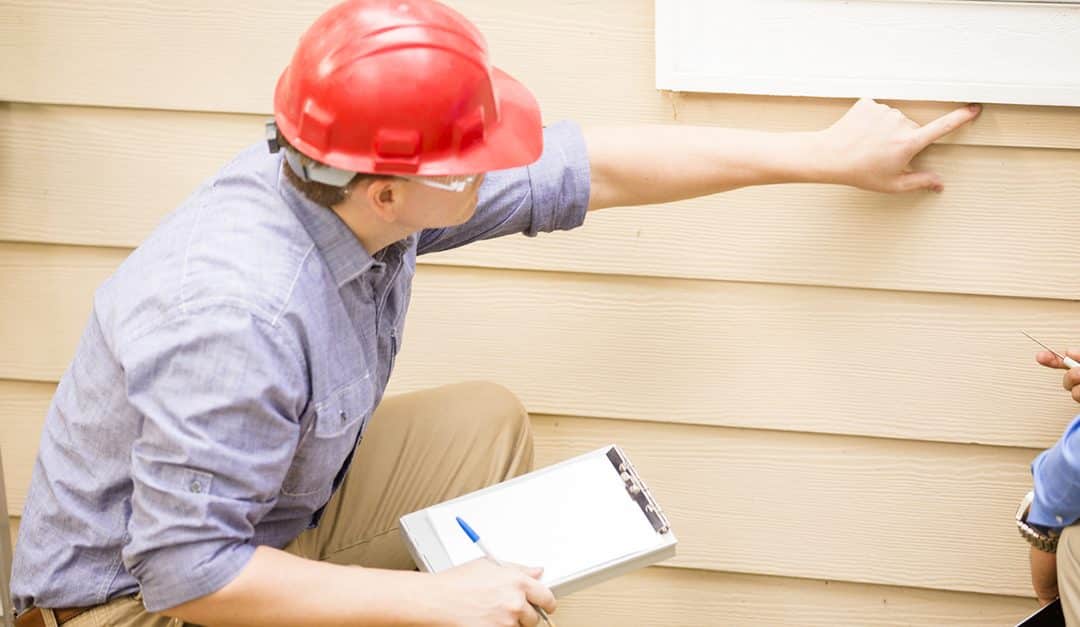- By Digilatics
- Home Inspection
- 0 Comment
Table of Contents
ToggleEverything You Need to Know About Infrared Technology
In the service industry, it is typical for the market to dictate the type and price of products that businesses should use to provide services to their clients. This is also true in the field of home inspection Peachtree city. Many home inspectors, for example, do molds and Radon testing in response to requests from house buyers and real estate agents. Thermal imaging, sometimes known as infrared technology, is a relatively new addition to the home inspection toolbox.
It’s unclear whether infrared was initially introduced by house inspectors or by clients who inquired about it. What seems clear is that infrared technology has gotten more feasible in terms of price and availability, and more house inspectors are embracing it with time. Twenty years ago, when I first learned about infrared technology, an infrared camera for industrial use cost $15,000 to $20,000 at that time. Today, a camera with the same or superior technology costs $3,000 to $5,000. Such cameras are now considered low-end cameras. You can now get a used camera for as little as $2,000.
The Proper Use of IR Technology
Unfortunately, the rising availability of IR technology has resulted in an influx of inexperienced inspectors performing infrared inspections. This, combined with clients’ unreasonable or ignorant expectations, has resulted in a widespread misunderstanding about infrared technology’s true capabilities.
Let’s take a look at a common application for infrared (IR) in a home inspection to clear up some of these misunderstandings. The image on the left, captured with an infrared camera, depicts a considerably cooler area of a kitchen vaulted ceiling. The IR shot shows a temperature range of 62 to 74 degrees Fahrenheit. Based on the date and time, one would assume that the space above the ceiling is cool at this time of day and year. What is causing the temperature to fluctuate? Is there a leak in the roof? The answer can be found in the right photograph, which was taken in the attic using a digital camera. This part of the ceiling had become cooler as the batt insulation had fallen out of place.

The key to emphasize here is that the missing insulation would have been noticed during a regular attic visual examination. The IR scan only assisted the inspector in creating a graphic for his report that highlighted the relevance of missing insulation in terms of temperature discrepancy.
The next series of IR images shows what happens when the equipment is utilized by an inspector who isn’t properly trained. The electrical panel in both of the images below is the same. A circuit breaker that is warmer than the other breakers in the panel is seen on the left. The inspector suggested that the panel be reviewed by a certified electrician since it could be a fire danger. The circuit breaker was found to be functioning at nearly 88 degrees after correctly focusing on it, as demonstrated by the IR picture on the right. The temperature was perfectly normal, and the circuit breaker was delivering 240 volts to an electric water heater. There was no dangerous situation.
Both of the pictures below are of the same electrical panel. The picture on the left shows a circuit breaker that is warmer than the other breakers in the panel. The inspector stated that this could be a fire hazard and recommended that the panel be inspected by a licensed electrician. By properly focusing in on the subject breaker, as indicated by the IR picture on the right, it was revealed that the circuit breaker was operating at almost 88 degrees. This was a double pole circuit breaker feeding 240 volts to an electric water heater and the temperature was absolutely normal. No hazardous condition existed.

Misinformed Clients
Clients who are misinformed about IR technology can exacerbate the problem. Almost half of the clients who want IR for their house inspection believe the camera can “see inside walls,” according to our experience. In fact, one local home inspector states on his website that his camera could see through walls and ceilings. With this kind of promotion, it’s no surprise that people are confused about the potential of infrared technology.
Facts about IR Technology
Here are some interesting IR facts: Thermal imaging cameras are unable to see through walls or ceilings. Using a camera to detect a difference in temperature does not guarantee an accurate identification of the reason for the differential. An infrared image can be a useful tool for examining several residential and commercial issues that may come up during a typical house inspection. Other types of analysis are virtually always required to identify the root of a problem and the best remedy.
Even though no credentials or licenses are required to utilize an infrared camera, anyone claiming to be a supplier of Thermal Imaging services should at the very least be a Level 1 Thermographer. This entails attending a 32-hour class, passing three tests, and completing an independent field exercise.
Edifice Inspections has a team of well-trained and experienced Infrared Thermographers who perform their job perfectly. We think that IR technology has numerous benefits, but it should only be utilized by qualified professionals as a supplement to the inspector’s ability to conduct the most thorough inspection for their clients. If you have any questions about its application, benefits, and drawbacks, you can send them to us and
we will gladly answer them right away. If you want to hire our services, follow this link to schedule an inspection online.

